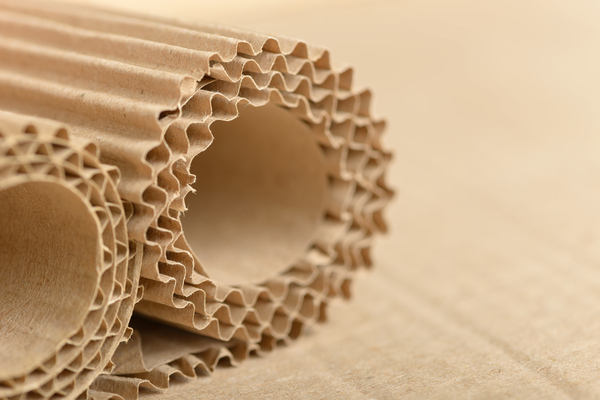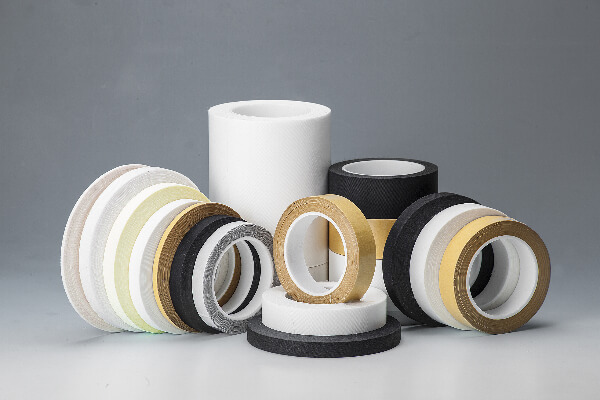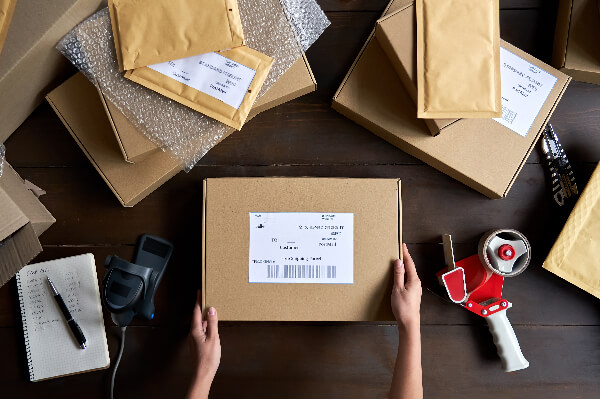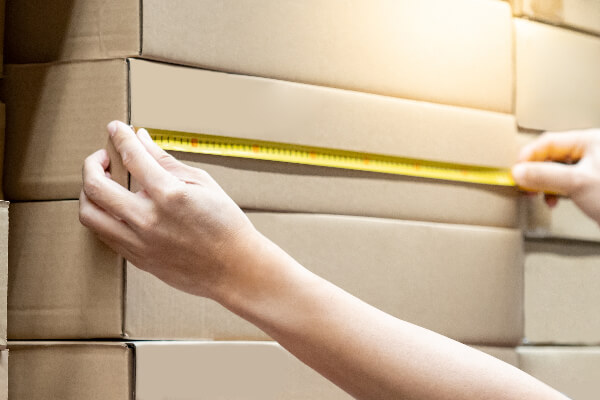ReanPackaging’s Aqueous Coating (AQ) is a water-based finish used by printing firms like ReanPackaging on printed materials to increase durability, appearance, and overall performance. Packaging printing uses this coating technique as an additional protective layer against damage such as smudging, scratching or fading from sunlight exposure; unlike solvent-based finishes it offers greater environmental safety compared to its solvent counterparts – an attractive feature both manufacturers and consumers.
When to Coat?
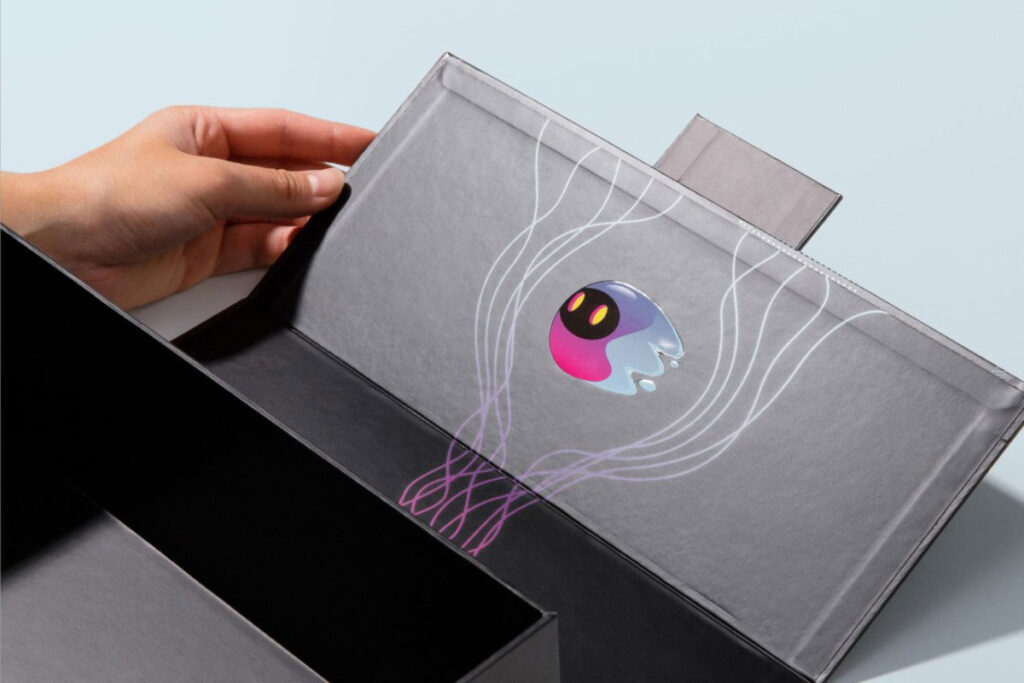
Aqueous coating should only be applied after printing has taken place and once all ink has fully set. It’s often utilized after this point as a protective measure or to add texture or visual interest, such as brochures or flyers that need extra protection against wear, handling or environmental conditions; or to enhance visual appeal – increasing sales with consumers!
Aqueous Coating for Packaging
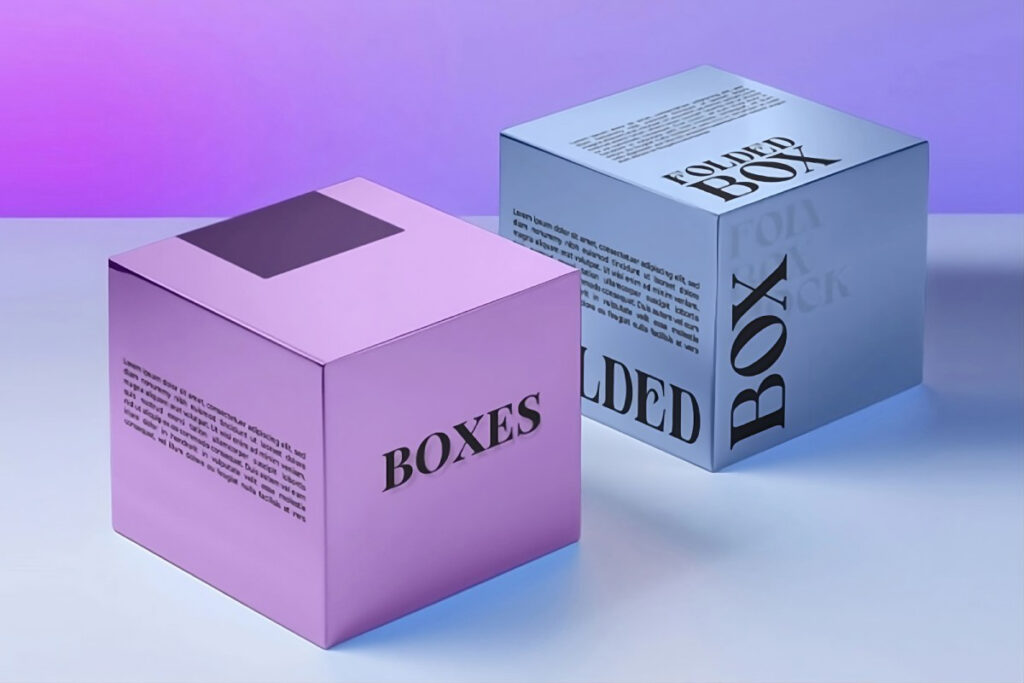
At ReanPackaging, aqueous coating in packaging can make for eye-catching store shelves. Aqueous coating provides various finishes ranging from glossy, matte or soft touch finishes that enhance its overall appearance while offering protection from shipping damage for smooth delivery of your product.
Aqueous coatings offer an eco-friendly alternative to traditional coatings that contain solvents; as water-based and free from volatile organic compounds (VOCs), these alternatives may be safer for both workers and the environment.
6 Types of Aqueous Coatings
Understanding what is Aqueous Coating involves exploring its various finishes. ReanPackaging offers several varieties of Aqueous coatings with unique aesthetic and functionality features:
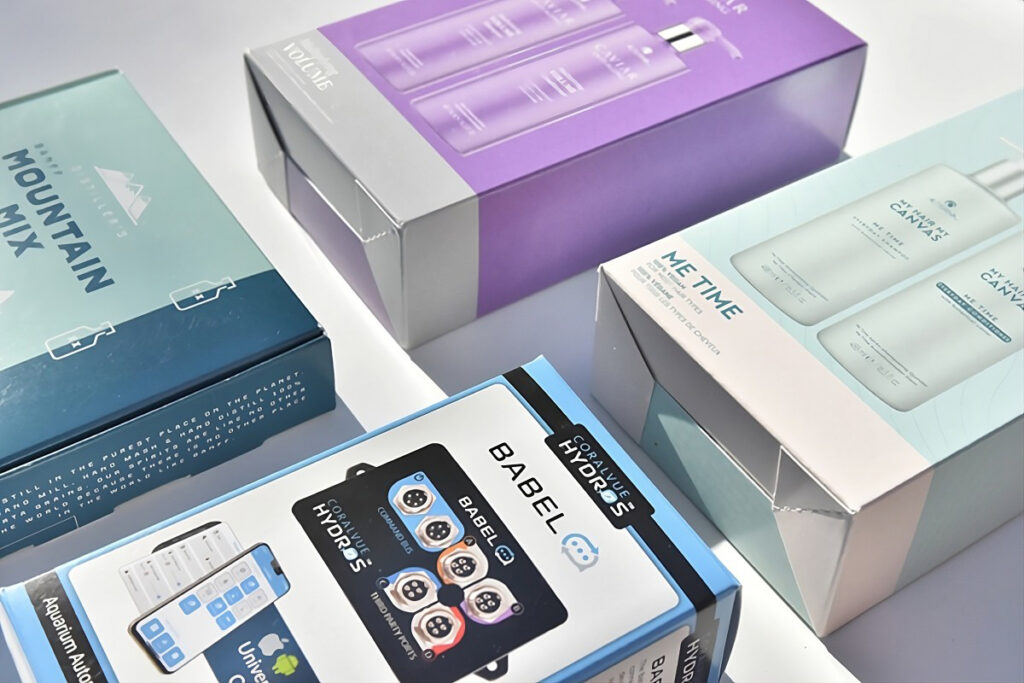
Gloss
Glossy aqueous coatings give printed materials a shiny, reflective surface. This finish works especially well when designs needing to make an impression with vivid colors or high visual impact such as product packaging or promotional materials require this kind of stand-out. Glossy coatings also help bring colors alive by deepening contrast within print pieces while making colors seem even more vibrant than before.
Matte
Matte-finish provides a matte, non-reflective surface. This style can create subtle yet sophisticated looks in designs like luxury packaging or high-end brochures and business materials; its use gives them more of an understated yet sophisticated appearance when compared to gloss surfaces.
Satin
Satin coatings serve as an intermediate between gloss and matte finishes, offering a soft sheen that’s less intense than gloss while still possessing some reflective quality. Satin is often employed on premium product packaging to give an upscale feel without creating excessive shine.
Soft Touch
Soft Touch Coatings By John Moenschen Soft touch coatings add a velvety, inviting texture to printed material, making the experience of reading more pleasurable and inviting for customers. Popular in industries such as cosmetics and fragrances where tactile experience plays as much of a part as visual aesthetic is also considered vital, this finish has proven an appealing option in premium packaging applications for premium items like cosmetics. fragrances, and luxury goods.
Dry Erase
Dry Erase Coatings Dry erase coatings allow users to write on printed materials with markers, then erase any mistakes easily after writing with water or cleaner. This makes dry erase coatings ideal for products like calendars, educational materials and promotional products that need updating often – including calendars. They’re an interactive option that adds fun and interactivity for printed media!
Pencil Receptive
Pencil Receptive Coatings allow pencil marks to adhere securely without smudging; making this type of finish an invaluable choice for products requiring handwritten notes or annotations like forms, note-taking materials and certain packaging designs that necessitate handwritten annotations such as forms.
How Is Aqueous Coating Applied?
At ReanPackaging, aqueous coating is typically applied using a printing press during our post-printing process. We typically spray or roll an even, thin coat onto printed surfaces using water-based ink, then allow it to quickly dry – usually within minutes as its non-UV light/heat curing allows a simple drying process that leaves materials ready for further processing such as cutting/folding/finishing operations.
Differences Among Aqueous Coating, UV Coating and Vanish
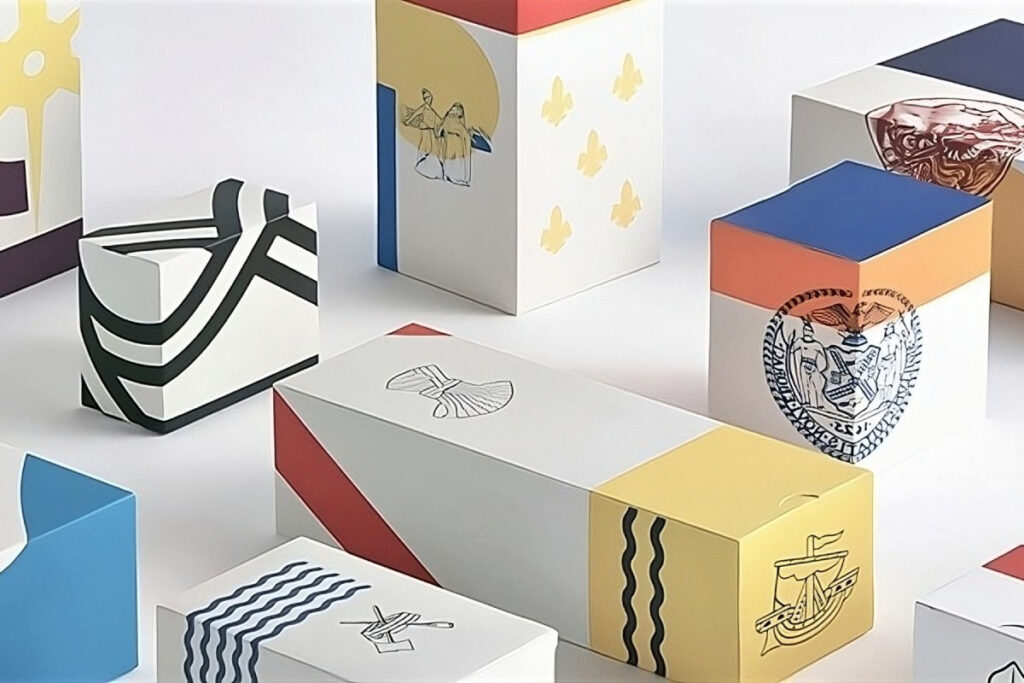
Aqueous Coating (AQ)
Understanding the differences among aqueous, UV and varnish coatings is integral when selecting an application suitable for printing needs. Here is a comparison based on their properties:
- Coating Area&Drying Speed: Aqueous coatings can be applied as flood coatings that cover an entire surface area; and their drying speed speeds up production processes significantly.
- Solution Base: Constructed using non-toxic water-based solutions that are eco-friendly.
- Yellowing: Aqueous coatings tend to cause less yellowing over time than their solvent-borne counterparts, offering versatile aesthetic choices in matte, satin, or gloss finishes for finishing options.
UV Coating
- Coating Area: UV coatings offer versatility when applied both as flood or spot coats, creating design flexibility in design and finish.
- Drying Speed: These coatings cure immediately under ultraviolet light for fast finishing time.
- Solution Base: UV coatings are chemical-based solvents and must be handled carefully when handling. Furthermore, their non-yellowing nature keeps clarity and color integrity intact.
- Finishing: UV coatings add durability and vibrancy to printed materials by offering both matte and gloss surfaces for UV coating applications.
Varnish
- Coating Area: Varnish is suitable for flood and spot applications, providing selective enhancement of printed areas.
- Drying Speed: varnish has the slowest drying speed of all three options, potentially hindering production schedules.
- Solution Base: Varnishes may either be water or chemical-based depending on their formulation.
- Yellowing: Due to natural degradation over time, certain varnishes may change colour over time, altering its original look.
- Finishing: Varnishes provide an additional protective layer with different levels of shine to complete a piece. They come in matte, satin and gloss varieties.
6 Advantages of Aqueous Coating
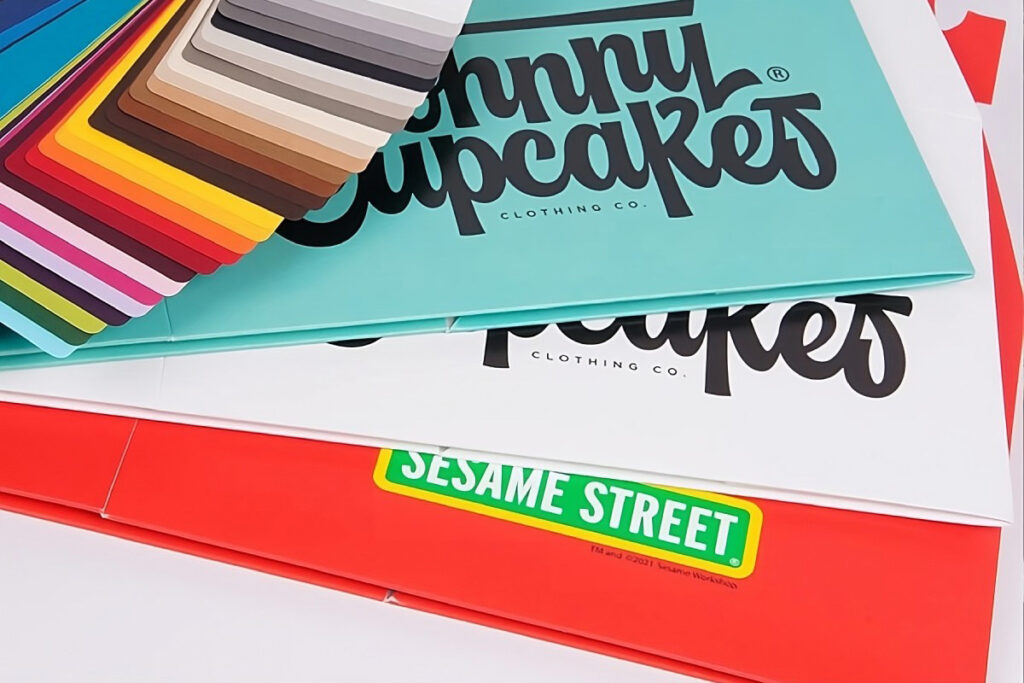
Non-toxic & Environmentally Friendly
One major advantage of aqueous coating is that it’s water-based and chemical-free compared to solvent-based alternatives like varnish coatings, making it safer and more eco-friendly than its solvent counterparts. Aqueous coating also conforms with various environmental regulations while having less impactful carbon emissions.
Versatile
Aqueous coatings can be applied to many different materials, from paper and cardboard substrates to some plastic substrates – providing great versatility when it comes to product packaging, promotions materials or marketing collaterals. This makes aqueous coatings the ideal solution.
Cost-Effective
Aqueous coatings tend to be more cost-effective than UV coatings and other protective finishes in terms of cost savings and production time; their reduced equipment requirements allow faster curing times that save both production time and costs.
Durable and Long-Lasting
Aqueous coatings offer strong protection from wear and tear, making them an excellent solution for products that will be handled regularly. Aqueous coatings help avoid smudging, scratching and fading – helping ensure printed materials maintain their look for longer.
Quick-Drying
Aqueous coatings dry quickly, which speeds the production process. This enables manufacturers to more quickly handle and package materials to improve turnaround time for manufacturers.
Flexible
No matter the project requirements, aqueous coatings offer endless customization opportunities that enable designers and manufacturers to select a finish perfect for their printed material. With so much choice at their fingertips, finding aqueous coating solutions with which your final print job stands out from others shouldn’t be an issue!
A Detailed Look at the Aqueous Coating Process
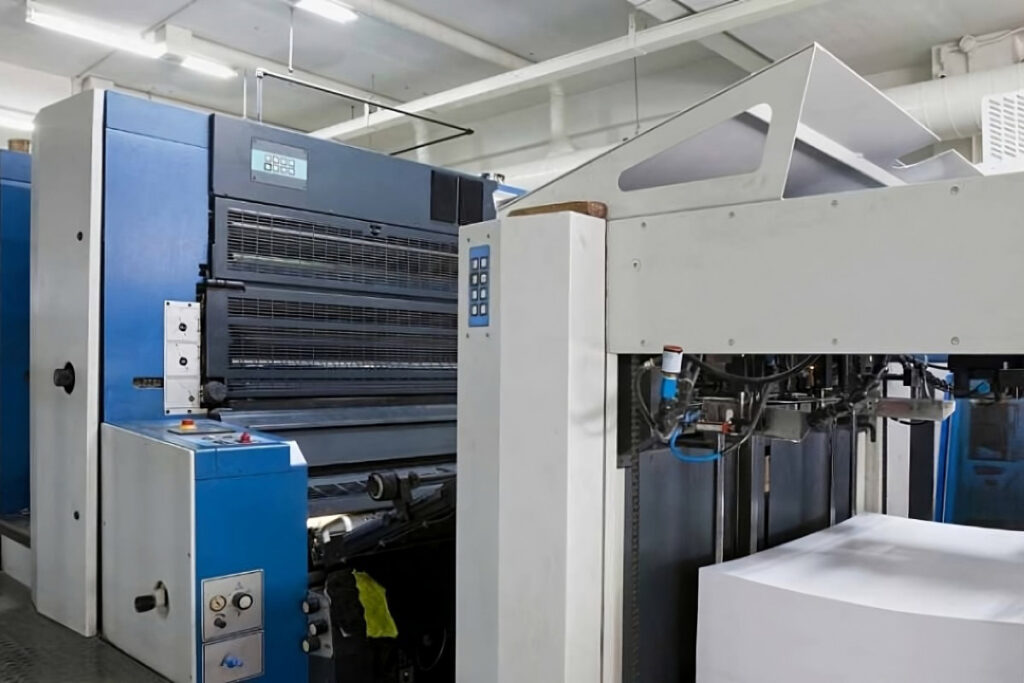
Aqueous coating, while relatively straightforward in application, involves numerous steps for producing top-grade results. Below is an in-depth examination of each phase in the aqueous coating process:
1. Printing
To begin the aqueous coating process, printing of designs must first take place. Various printing techniques – offset printing, flexography printing or digital – may be utilized depending upon volume and type of print job commissioned. Your selection of printing technique could have an effectful impact on quality, compatibility with coating application as ink must first fully set before being covered with it.
2. Coating
After printing has dried, an aqueous coating must be applied, either directly from within a printing press or using an independent machine. A coating unit integrated into or as an independent machine applies an even and thin coat over all surface areas in what’s referred to as “flood coating.” Being water-based makes flood coating less harmful to both workers and the environment than solvent-based options.
3. Drying
Once applied, coating material requires to dry. Aqueous coatings are known for their quick-drying capabilities due to water absorption and evaporation processes; heating rollers or air drying systems with hot air streams may accelerate this step and ensure it dries completely, without smudging or offsetting of its finish surface. It’s crucial that this step be completed correctly to guarantee lasting adhesion without smudges or offsets in later steps of production.
4. Finishing
As part of the final step for any project, additional finishing processes may be needed depending on its specifications. These could include cutting the printed sheets into their final sizes or folding them for packaging; cutting any remaining moisture out; folding for packaging purposes or applying additional layers such as UV coating for extra gloss or protection may all need to be accomplished before finishing can occur successfully. This also guarantees any leftover moisture is eliminated as fully as possible and that coating cures to ensure long lasting and attractive printed material finishes are produced.
Every step in the aqueous coating process must be managed meticulously to enhance printed material quality, from aesthetic appeal and durability through resistance – which make aqueous coating an excellent solution for various printing applications.
Conclusion
When selecting ReanPackaging as the vendor for aqueous coating of packaging, rest assured your finished product will be durable, visually appealing and eco-friendly. Our eco-conscious, versatile coating solutions–be it glossy, soft-touch or extra durable–are tailored specifically to modern business requirements; making your packaging stand out in an already competitive market.
FAQ
1. What materials can be coated with aqueous coating?
Aqueous coating can be applied to paper, cardboard and certain plastic substrates making it suitable for various printed materials. It provides for versatile application options for printed media products.
2. How is aqueous coating environmentally friendly?
Aqueous coatings are water-based and free from volatile organic compounds (VOCs), thus significantly decreasing environmental impact while improving workplace safety.
3. What’s the difference between gloss and matte aqueous finishes?
Gloss offers a shiny, vibrant appearance while matte provides a non-reflective surface to provide more subtle visuals.
4. How quickly does aqueous coating dry?
Aqueous coatings typically dry within minutes for faster production times and make life simpler in terms of production costs.
5. Can aqueous coating be applied selectively?
Aqueous coating should typically be used as a flood coating covering the entirety of a surface; UV coating and varnish might be more suited for spot applications.
